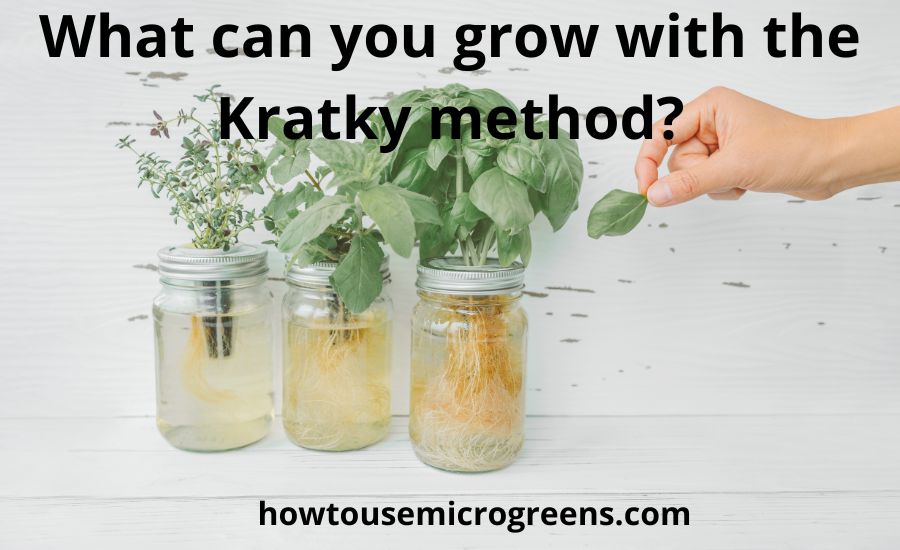As more individuals explore sustainable and effective ways to raise fresh vegetables at home, hydroponic gardening has grown in popularity in recent years. The Kratky method of hydroponic farming is one of the most straightforward and widely available techniques.
It requires no electricity or pumps and is simple to set up and maintain. The Kratky method involves plants growing in a container containing nutritional solution that gradually gets smaller as the plants mature.
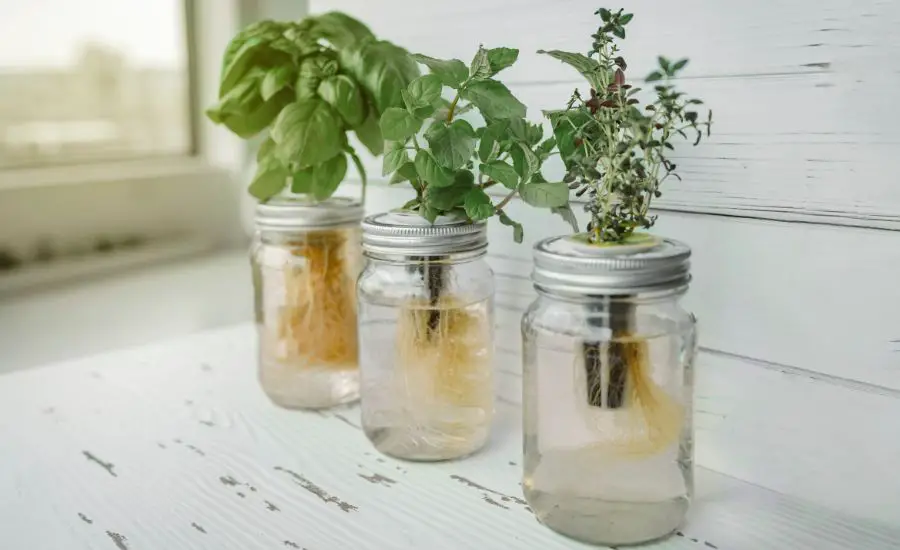
However, what can be grown with the Kratky method? The answer is a surprisingly large variety of plants, ranging from fruiting plants like strawberries and tomatoes to leafy greens and herbs.
In this post, we’ll look at some of the best plants for the Kratky method and provide advice on how to get started using this straightforward yet effective hydroponic system technique.
Contents
How does the Kratky hydroponics method work?
With the Kratky hydroponics technique, the nutrient solution can be circulated without the use of energy or pumps. It is an easy and affordable technique that may be used to grow plants in a range of locations, such as modest home gardens and industrial farms.
The plants are cultivated using the Kratky hydroponics technique in containers that are filled with a growing material like perlite, vermiculite, or coconut coir.
A nutrition solution that contains the vital minerals and nutrients needed for plant growth is then poured into the containers.
The nutrition solution is made to endure the duration of the plants’ complete growth cycle. Just make sure that only the roots are touching the water — your ever-expanding carrots should dangle above the surface of the liquid, not be submerged
The water level steadily drops as the plants swell because they take up the nutritional solution from the container. As the water level drops, the plants’ roots are exposed to the air, which encourages the development of more root hairs and boosts oxygen uptake.
The Kratky hydroponics technique uses the concept of buoyancy to keep the container’s water level at the proper level. The nutritional solution is initially poured onto the brim of the container, and a lid is then put on top to stop evaporation.
Without using power or pumps, you can grow the plants using the Kratky hydroponics technique. It is best suited for small-scale home gardens or urban farming and can be used to cultivate a wide range of plants, including vegetables, herbs, and flowers.
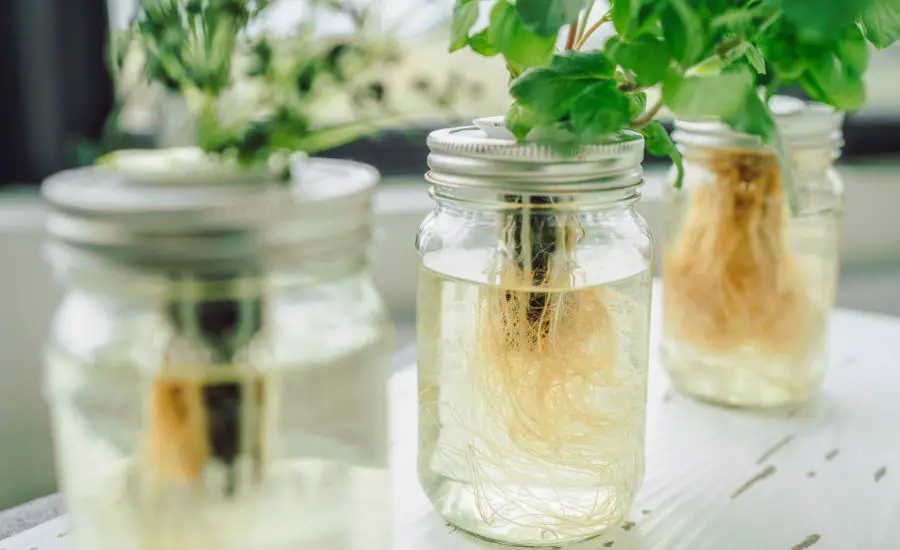
What can you grow with the Kratky method?
A list of plants that can be raised with the Kratky method:
- Lettuce
- Basil
- Cilantro
- Arugula
- Geneva chard
- Mustard leaves
- Kale
- Chives
- Oregano
- Sage
- Thyme
- Parsley
- Mint
- Watercress
- Radishes
- Strawberries
- Tomatoes
How to design and set up the Kratky method?
The following stages outline how to build and set up a hydroponic system using the Kratky method.
Decide on a container. Choose an appropriate container for the plant you want to cultivate. The container needs to be big enough to hold both the fertilizer solution and the plant’s root system.
Add support. You might need to add support to the container, depending on the plant. To support the weight of the plant as it grows, for instance, if you are growing tomatoes, you might need to install a trellis or posts.
Add nutrient solution. Fill the container with the necessary nutrient solution before adding more.
The fertilizer mixture should be prepared by the directions on the packaging and be appropriate for the particular plant you are growing.
Add plants. Make sure the roots of the plant are immersed in the fertilizer solution before placing it in the container.
Cover the container. To stop evaporation, cover the container with a lid or plastic wrap. Because the plant needs oxygen to flourish, make sure the cover is not airtight.
Monitoring and upkeep. Regularly check the nutrient solution level and top it off as necessary.
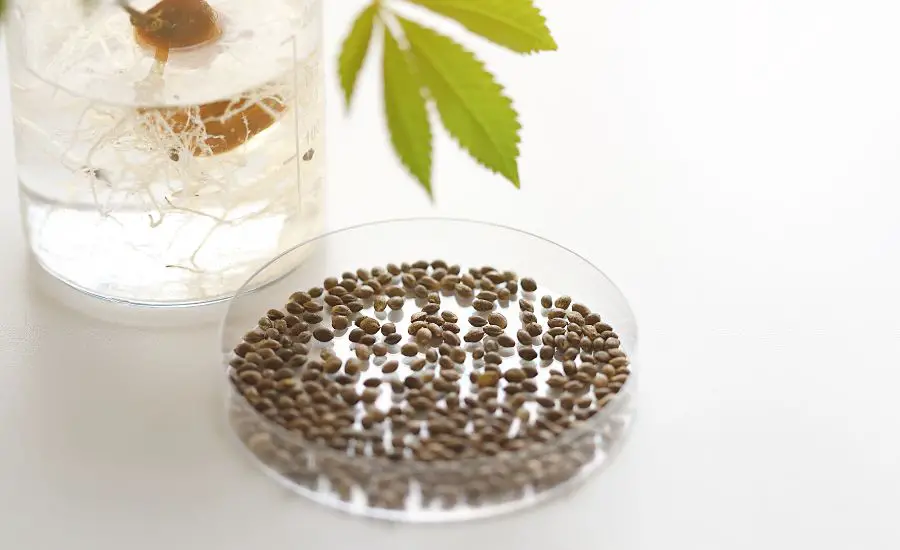
Advantages of growing plants using the Kratky method
Using the Kratky system to produce plants has various benefits.
Low cost
The Kratky method or Kratky system is an accessible and economical approach to hydroponically grow plants or the hydroponic system because it requires very little equipment, no energy, or pumps.
Low upkeep
The Kratky method requires very little upkeep once the nutrition solution is applied to the container. The nutritious solution just needs to be supplied when it gets low, and there are no pumps to maintain.
Water-saving
Because the Kratky method employs a closed-loop Kratky system, no water is lost to runoff or evaporation.
As a result, the Kratky hydroponic system is a particularly water-efficient method of growing medium.
No electricity required
The Kratky method doesn’t require any electricity, making it a great option for anyone trying to conserve energy or for growing medium plants in places with deep water culture and without access to electricity.
Portable
Plants can be grown using the Kratky method in a variety of containers, such as buckets, barrels, and even plastic bottles. As a result, growing plants hydroponically is a very portable and flexible system that may be applied in several contexts.
Versatile
From leafy greens and herbs to fruiting crops like tomatoes and strawberries, the Kratky method can be utilized to grow a wide variety of plants. Due to its adaptability, it can be utilized to cultivate a wide variety of fresh produce.
Overall, the Kratky method is a straightforward, inexpensive, and low-maintenance method of hydroponic growing small plants. In comparison to conventional soil-based growth techniques, hydroponic nutrients have several benefits, including the capacity to grow plants without electricity, portability, and water efficiency.
The Kratky method is a great option for home gardeners, urban farmers, and anybody searching for a sustainable and effective approach to growing their fresh produce because it is very customizable and can be used to grow a variety of plants.
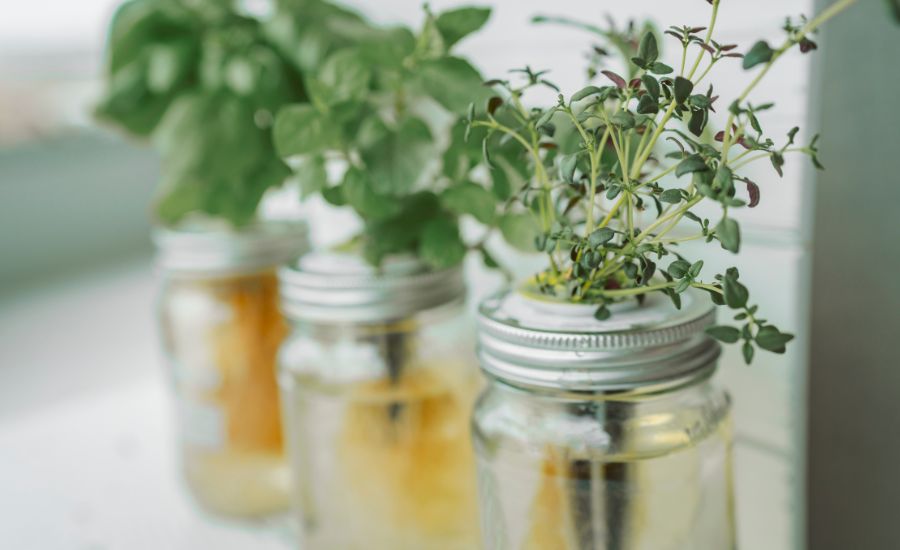
Disadvantages of growing the plants using the Kratky method
The Kratky hydroponics system approach has several benefits, but there are also some potential drawbacks to take into account.
Limited plant size
Because the nutrient solution of the growing medium can only support a certain amount of plant growth, the Kratky method is typically best suited for tiny plants with shallow root systems. Plant’s roots that are large like fruit trees or root vegetables might not work well with this hydroponic method.
Root rot risk
Since the plant roots are submerged in the nutritional solution, root system rot might occur on different net pots if the solution becomes stagnant or tainted. It is crucial to constantly check on the nutrient solution to make sure it is pathogen-free and properly oxygenated.
Limited nutrient availability
Nutrient solution or nutrient mix availability is constrained by the Kratky method’s reliance on a single nutrient solution, which might not supply all the nutrients required for plants absorb and plant growth or not all plants will get the nutrients needed.
To make sure that plants are receiving the proper mix of nutrients, it is crucial to monitor nutrient levels and modify the solution as necessary.
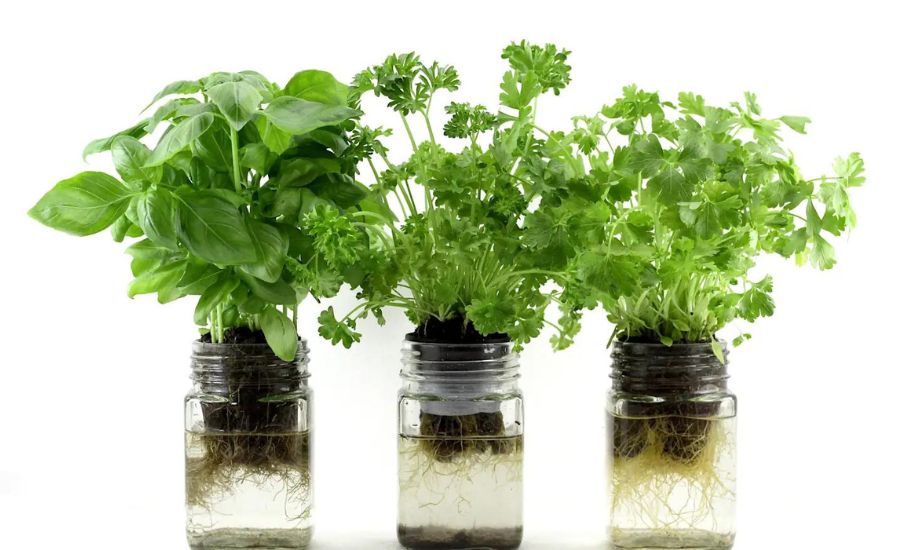
Limited capacity to control pH meter
The Kratky method can be more difficult to maintain pH levels than other hydroponic techniques. If pH meter levels are not correctly monitored and changed, this can result in nutritional deficits or toxicities.
Lack of control over environmental elements
Because the Kratky method is a passive system, it might be harder to regulate elements like temperature, humidity, and lighting that can affect plant development and productivity.
Overall, the Kratky hydroponic method is a straightforward and efficient approach to hydroponically growing plants, however, it might not be appropriate for all types of plants or growing circumstances.
When considering whether to employ the Kratky hydroponic system for your hydroponic gardening work, it’s necessary to take into account the restricted plant size, possibility of rot root, restricted nutrient solution, and pH management.
The Kratky system technique, however, can be a profitable and sustainable approach to cultivating a broad range of plants at home if these variables are properly taken into account.

What is the Kratky method
A passive hydroponics approach is a completely passive system known as the Kratky method that enables plants to grow and thrive without the use of energy or pumps or hydroponic fertilizer.
In this technique, the plants are supported by a floating platform and cultivated in a container with a nourishing solution.
The nutritional solution, which is gradually reduced as they grow with the Kratky hydroponic systems, suspends the plant roots.
The natural air/ deep water culture interface in different net pots is formed by the air gap between the nutrient solution and the roots of the plants, enabling the plants root system to absorb nutrients from the solution and oxygen from the air.
As the plant grows, the water level drops, creating air space for the roots. Without the use of energy or pumps to circulate the nutrient solution, the plants can flourish as a result.
The Kratky hydroponics system is great for novices or anybody searching for a simple and sustainable way to grow fresh vegetables at home because it is straightforward and low-maintenance.
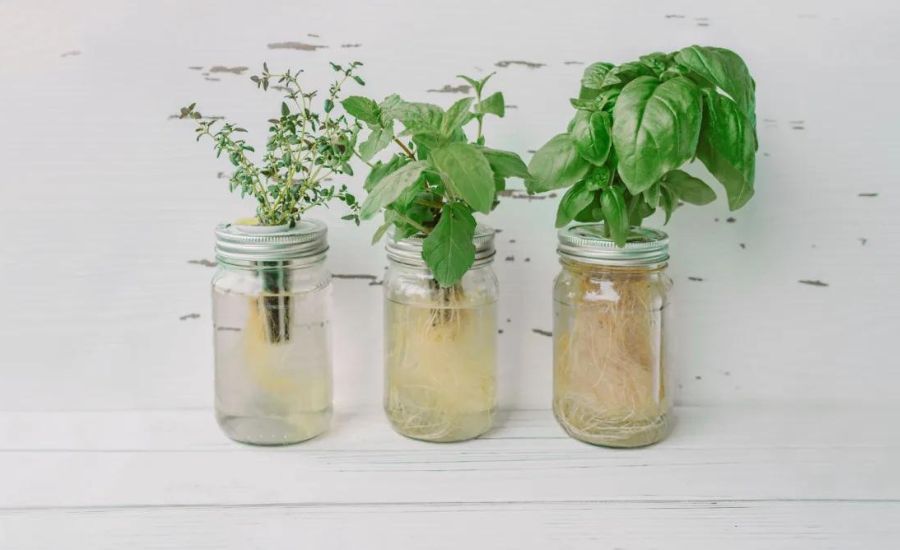
FAQ
What is the best-growing medium for the Kratky method?
Without the use of power or pumps, plants can be grown hydroponically using the Kratky method. In this technique, the plants are supported by a floating platform and cultivated in a container with a nourishing solution. The nutritional solution, which is gradually reduced as the plants grow, suspends the plant roots.
The Kratky method works best with no growth medium at all. This is due to the Kratky method’s reliance on the passive hydroponics principle, in which plants directly extract water and nutrients from the nutrient solution. Using a growth medium would obstruct this process and might result in issues like root rot.
Instead, the plants’ roots are suspended in a nutrient solution that contains all the water and nutrients required for growth. Only when the nutrient solution is running low should it be supplied.
The container should be filled with enough nutrient solution to last the full growing season. The plants may occasionally be stabilized and kept from toppling over using a tiny amount of clay pebbles or other inert material, but this is not necessarily necessary.
Can you grow strawberries in Kratky method?
Strawberries can be grown with the Kratky method, yes. Strawberries can be grown hydroponically without the use of power or pumps using the Kratky method, which is a simple and efficient technique.
You will need a container big enough to house the plants and the nutritional solution, as well as a floating platform to support the plants, to grow strawberries the Kratky way.
Additionally, you must choose a strawberry variety that is suitable for hydroponic cultivation.
Indeed, you can add the fertilizer solution to the container and then add the floating platform once you have your container and plants.
The strawberry plants will then be placed into the platform with their roots suspended in the nutritional solution.
While not touching the plant’s lower leaves, the nutrition solution should be sufficiently deep to cover the roots.
What Cannot be grown hydroponically?
Since the majority of plants can be modified to grow in this kind of system, there are very few that cannot be grown hydroponically. Some plants, meanwhile, might be more challenging to cultivate hydroponically or might need unique circumstances to flourish.
Several plants that can be difficult to cultivate hydroponically are listed below:
Root vegetables. Plants with extensive and intricate root systems, such as carrots, potatoes, and onions, can be challenging to support in a hydroponic system. However, these plants can also be grown using hydroponic methods like aeroponics and vertical gardening.
Trees. Because they need a lot of area and resources, trees are often too big to be cultivated hydroponically. Hydroponically grown fruit plants, such as apple and citrus trees, can sometimes be found in dwarf types.
Grains. Because they need a lot of area and resources to produce a crop, plants like wheat, oats, and rice are challenging to grow hydroponically. Small grains like quinoa and amaranth have, however, been successfully grown by certain hydroponic growers.
Some medical plants. This system may not be the best place to grow some medicinal plants, such as ginseng and echinacea, because they need particular environmental conditions.
In actuality, a wide variety of plants, such as leafy greens, herbs, tomatoes, cucumbers, and strawberries, are suitable for hydroponic cultivation and can prosper in this kind of setup.
Can you grow tomatoes with Kratky method?
Yes, the Kratky method can be used to cultivate tomatoes. Tomatoes may be quite prolific when grown in a Kratky arrangement, and they are one of the most widely grown crops hydroponically.
You will need a container big enough to house the plants and the nutritional solution, as well as a floating platform to support the plants, to grow tomatoes the Kratky way. Additionally, you must choose a tomato variety that is suitable for hydroponic cultivation.
You can add the fertilizer solution to the container and then add the floating platform once you have your container and plants. The tomato plants will then be placed within the platform with their roots floating in the nutritional solution. While not touching the plant’s lower leaves, the nutrition solution should be deep enough to cover the roots.
The fertilizer solution will progressively diminish as the plants grow, requiring you to top out the container as necessary. Additionally, you should routinely check the pH and nutrient levels of the solution to make sure they are within the acceptable range for tomatoes.
Because tomatoes consume a lot of nutrients, especially during the flowering and fruiting stages, it is crucial to give them a nutrition solution that is rich in potassium and phosphorus.
Conclusion
Without using power or pumps, the Kratky method is an easy and efficient approach to producing a variety of plants hydroponically.
Many common crops can survive in a Kratky configuration, while others may be more difficult to produce using this technique, such as root vegetables and cereals. Leafy greens, herbs, strawberries, and tomatoes are a few examples of plants that can be cultivated utilizing the Kratky technique.
The Kratky method can be an effective and long-lasting approach to growing your fresh food at home if it is used with the right care and attention.

